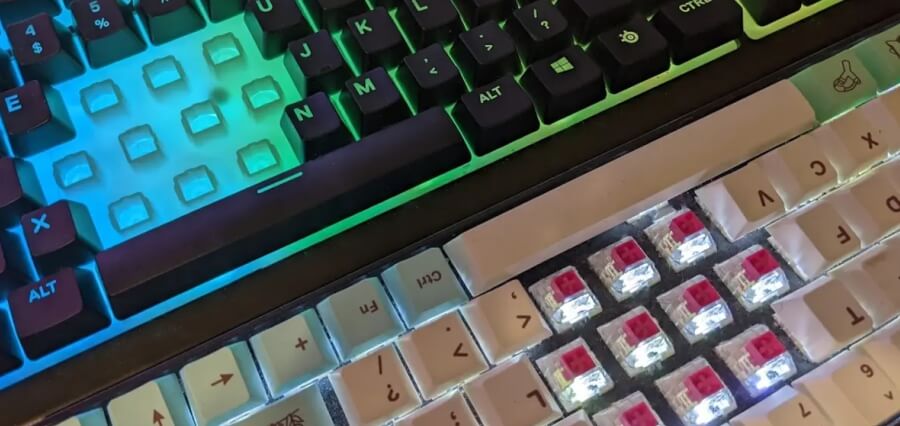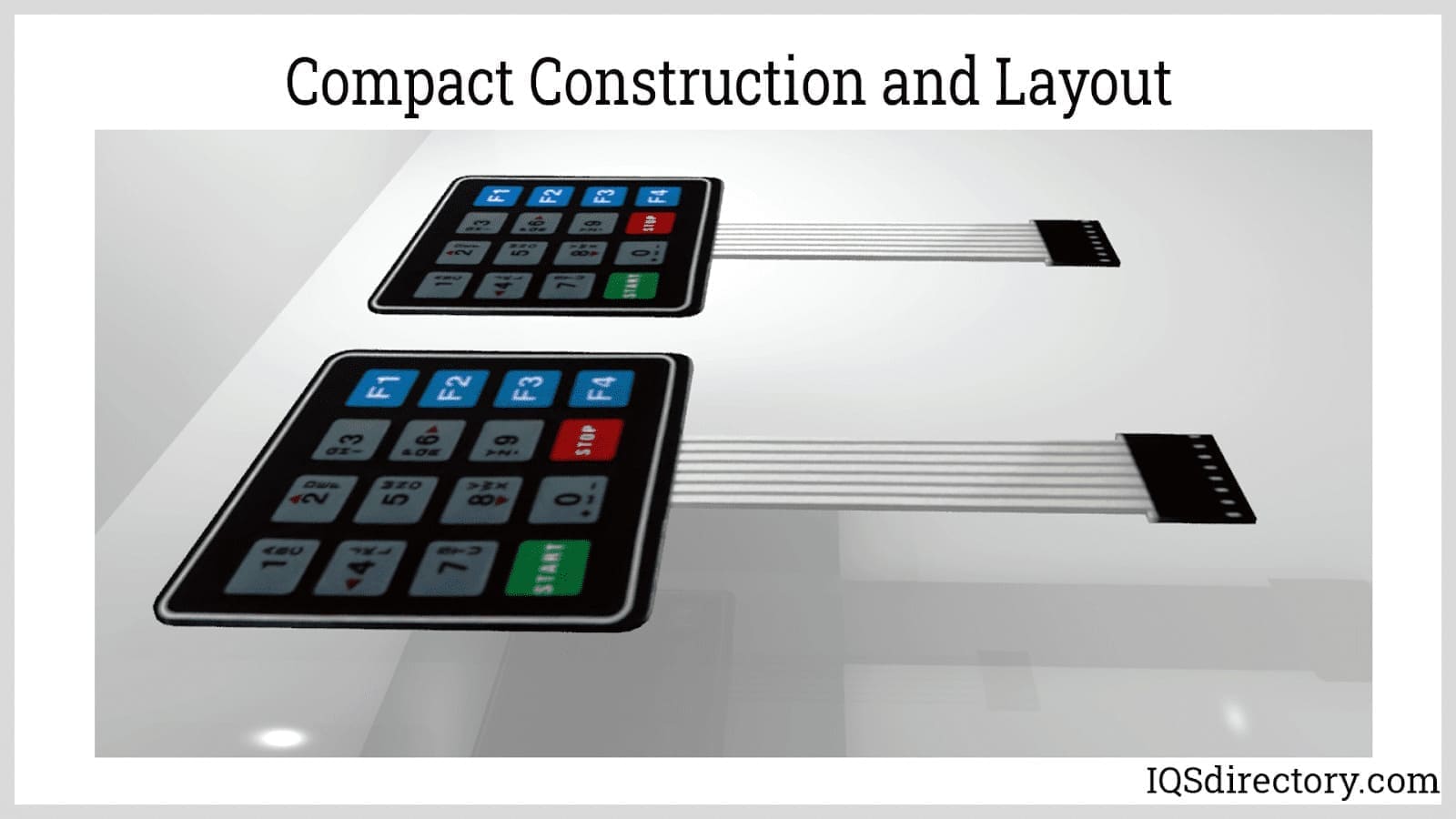The Full Overview to Membrane Switch Modern Technology and Its Applications
The Full Overview to Membrane Switch Modern Technology and Its Applications
Blog Article
Recognizing the Functionality of Membrane Layer Switches Over for Interface Instruments
The capability of membrane layer switches over stands for a substantial development in interface layout, combining effectiveness with aesthetic versatility. These switches operate with a multi-layered framework that converts user interactions right into electrical signals, enabling for both compact layouts and resilience versus environmental factors. As markets increasingly focus on user experience, comprehending the nuances of membrane switch innovation becomes crucial. What ramifications do these advancements hold for future applications, and exactly how might they redefine user interactions throughout various gadgets?
What Are Membrane Buttons?
Membrane layer buttons are innovative interface gadgets that assist in customer communication with digital tools. These versatile elements contain multiple layers, including a graphic overlay, spacer, and a printed circuit layer. The design enables a smooth integration right into numerous digital gadgets, improving both the aesthetic and practical aspects of interface.
Membrane layer switches are typically utilized in a large range of applications, from home devices to commercial equipment and medical devices. Their building and construction generally includes a thin profile, making them an ideal choice for portable styles. The tactile feedback provided by these buttons can be crafted to satisfy particular user choices, making sure effective interaction in between the individual and the gadget.
Toughness is one more significant benefit of membrane layer switches, as they are immune to dust, dampness, and chemicals, which improves their lifespan in demanding settings. Furthermore, these switches can be tailored in terms of shape, dimension, and graphic layout, enabling branding and user-specific functions. Generally, membrane switches stand for a functional solution for boosting individual experience in digital gadgets, combining capability with aesthetic allure in an efficient fashion.
How Membrane Switches Work
Operating on an uncomplicated principle, membrane layer changes make use of a split construction to register customer input efficiently. Each button contains multiple layers, consisting of a printed circuit layer, a spacer layer, and a top visuals layer, which are developed to collaborate seamlessly. When a user presses the top layer, it presses the spacer layer, bringing the conductive elements of the circuit layer into call with each other.
This get in touch with produces a closed circuit, signifying the device to carry out a specific function. The style permits different arrangements, including tactile comments, which can boost the user experience by offering a physical experience upon activation. The materials utilized in membrane layer buttons frequently include versatile substratums, such as polyester or polycarbonate, which make sure resilience and durability versus damage.

Secret Advantages of Membrane Switches

Another substantial advantage is their compactness. Membrane layer buttons are slim and light-weight, which enables suppliers to conserve area in their tools without compromising functionality. This function is particularly beneficial in applications where weight and quantity are vital considerations.
In addition, membrane switches are click this immune to dust, dampness, and chemicals, improving their resilience. This strength prolongs their life-span and decreases the need for constant replacements, causing price financial savings in time.
Furthermore, the responsive feedback supplied by membrane layer switches can be maximized to enhance individual communication. They can include attributes such as raised buttons or distinct clicks, improving functionality and customer experience.
Applications Across Industries
Individual user interface tools utilizing membrane layer switches prevail in a vast array of markets, showcasing their adaptability and performance. Membrane Switch. In the clinical field, membrane layer buttons are integral to gadgets such as diagnostic tools and patient surveillance systems, where their durability and convenience of cleansing are important for preserving hygiene standards. In the auto industry, these buttons are used in dashboard controls and infomercial systems, offering a streamlined and modern-day user interface for customers.
Furthermore, the consumer electronics industry gain from membrane buttons in appliances and portable tools, where small layout and easy to use interfaces boost user experience. Industrial applications additionally take advantage of membrane layer switches over for control panels in machinery and automation systems, emphasizing their robustness and resistance to harsh settings.
In the aerospace and protection markets, membrane layer buttons are utilized in cabin controls and tools, where integrity and efficiency under severe conditions are paramount. In addition, the pc gaming industry progressively includes membrane layer buttons in controllers and gallery machines, contributing to an engaging customer experience. Overall, the flexibility of membrane layer switches enables their prevalent usage across various industries, highlighting Read Full Article their relevance in modern user interface layout.
Future Fads in Membrane Change Technology

Additionally, the usage of advanced materials, such as polycarbonate and polyester movies, is expected to rise, providing enhanced toughness and resistance to ecological stress factors. These materials add to the total long life of membrane layer buttons, making them suitable for harsher commercial applications.
In addition, the consolidation of clever modern technology, including IoT connectivity, will certainly make it possible for membrane layer buttons to interact with various other gadgets and systems, promoting a more interactive individual experience. This pattern lines up with the growing need for wise tools throughout numerous fields, from health care to consumer electronics.
Lastly, modification options are prepared for to increase, allowing producers to develop bespoke solutions tailored to specific customer needs and choices. These growths will place membrane layer buttons as important elements in the advancement of interface innovation.
Verdict
Finally, membrane layer switches represent a critical innovation in interface innovation, supplying a reliable and functional remedy for diverse electronic applications. Their split building assists in portable layout, while features such as responsive feedback improve user communication. The toughness against ecological variables even more strengthens their utility throughout multiple markets. As developments in product scientific research and touch sensing technologies proceed, the performance and applicability of membrane buttons are expected to broaden, reinforcing their value in modern-day digital devices.
Report this page